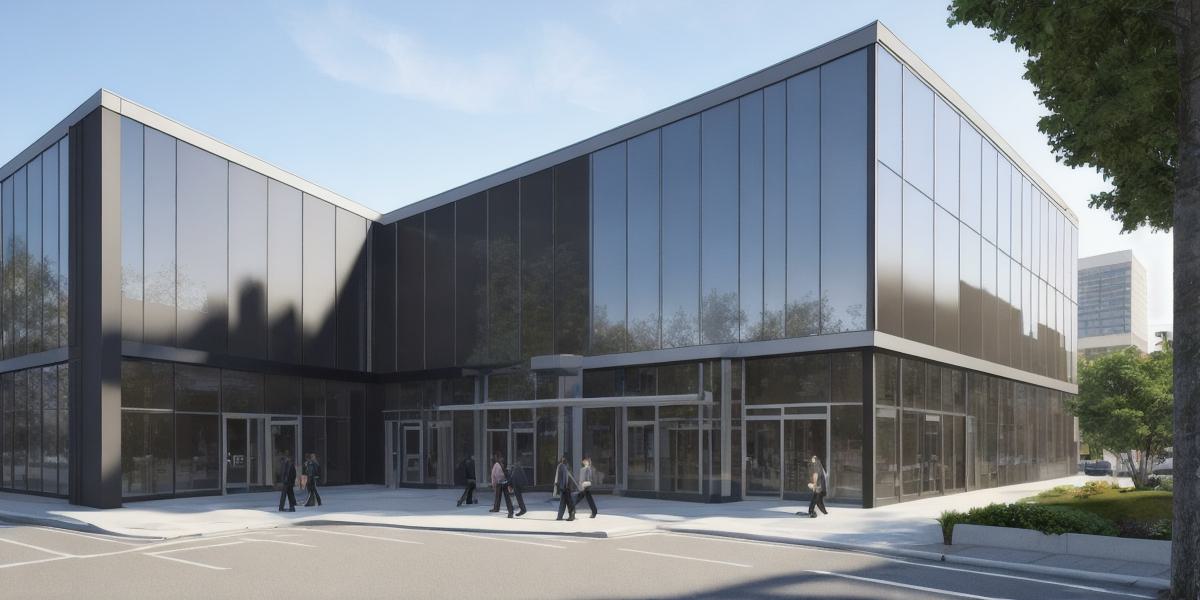As technology continues to advance, one of the most exciting areas of development is in artificial intelligence (AI) and its applications in 3D modeling. With the help of AI-powered tools, designers can now create stunning 3D models that are more realistic, accurate, and efficient than ever before. In this article, we’ll take a closer look at some of the top AI-powered 3D models on the market, and see how they can revolutionize your design process.
One of the biggest advantages of using AI in 3D modeling is its ability to automate repetitive tasks and streamline workflows. For example, with machine learning algorithms, a designer can train a model to recognize specific patterns or features, allowing them to quickly and easily make changes to the design without having to manually edit every element. This not only saves time, but also reduces the risk of errors and improves overall accuracy.
Another way that AI is revolutionizing 3D modeling is through its ability to generate high-quality textures and materials. With deep learning algorithms, a designer can train a model to recognize the properties of different materials, such as their reflectivity, transparency, and color. This allows them to create incredibly realistic textures that would be impossible to achieve manually.
In addition to these capabilities, AI-powered 3D models also offer improved collaboration and version control. With cloud-based platforms like Autodesk Dreamcatcher, designers can work together on a project in real-time, with changes made by one designer automatically synced to the others’ workspaces. This not only saves time, but also ensures that everyone is working with the most up-to-date version of the model.
One of the key benefits of using AI-powered 3D models is their ability to create incredibly realistic and accurate designs. For example, in the automotive industry, companies like NVIDIA have developed AI tools that can analyze real-world data to create highly detailed 3D models of vehicles. These models are not only visually stunning, but also accurately represent the vehicle’s performance and behavior under different conditions.
Another area where AI is having a huge impact is in architecture and urban planning. With tools like Unity and Unreal Engine, architects can create incredibly realistic 3D models of buildings and cityscapes, allowing them to test and refine their designs before they are built. This not only saves time and money, but also allows for more accurate simulations of how the building will function in real life.
Of course, no discussion of AI-powered 3D modeling would be complete without mentioning the potential risks and challenges that come with this technology. For example, there is a risk that these tools could be used to create deepfakes or other forms of manipulated content, which could have serious consequences in areas like journalism and politics. Additionally, there are concerns about the impact that AI-powered 3D models may have on employment in certain industries.
Despite these challenges, however, it’s clear that AI-powered 3D modeling is already having a huge impact on a wide range of industries, from automotive to architecture and beyond. As technology continues to advance, we can expect to see even more exciting developments in this field, and new ways for designers to revolutionize their workflows and create truly stunning 3D models.
